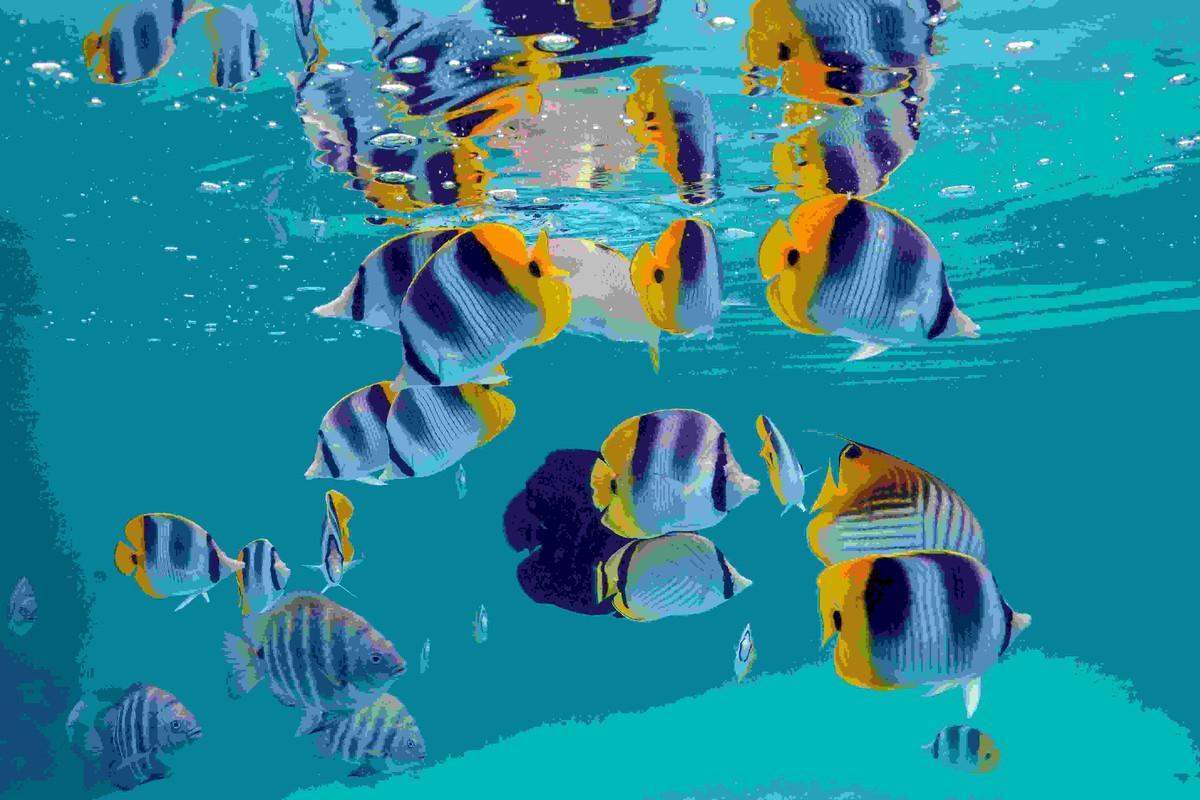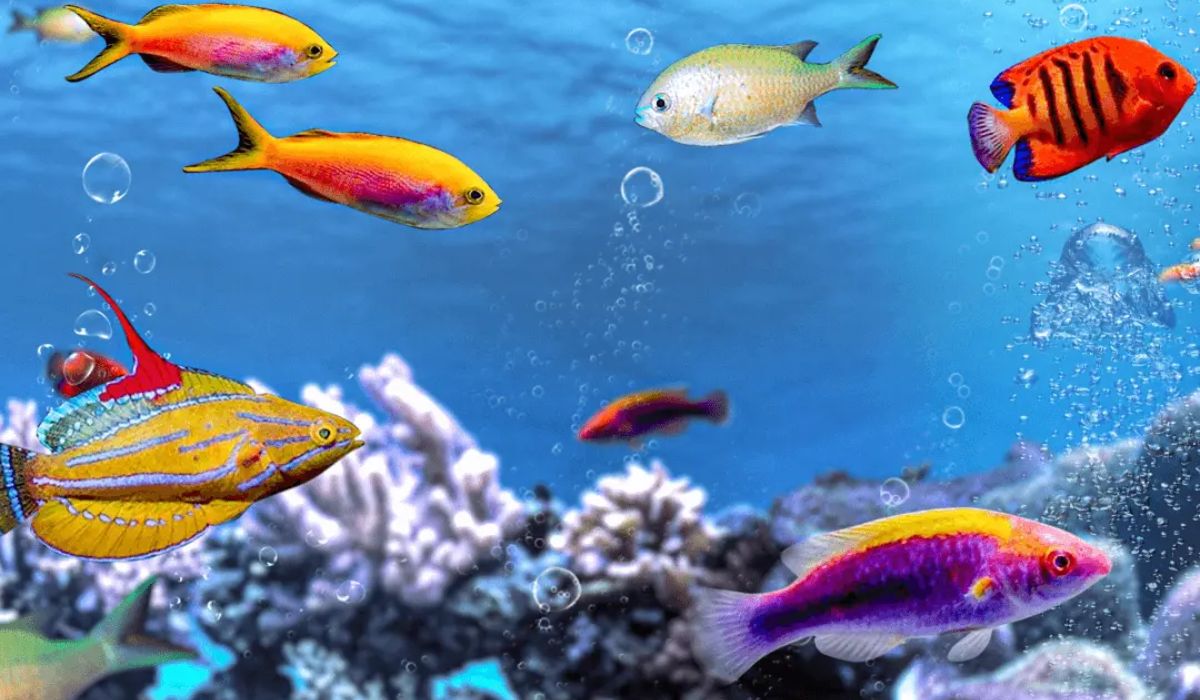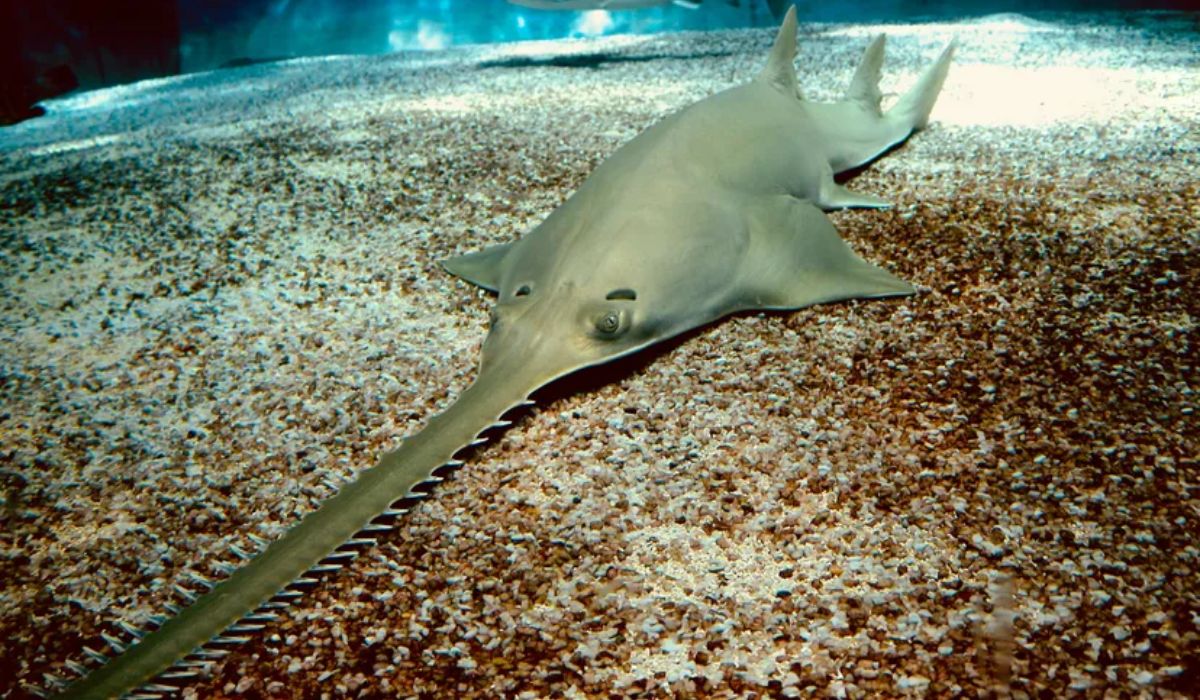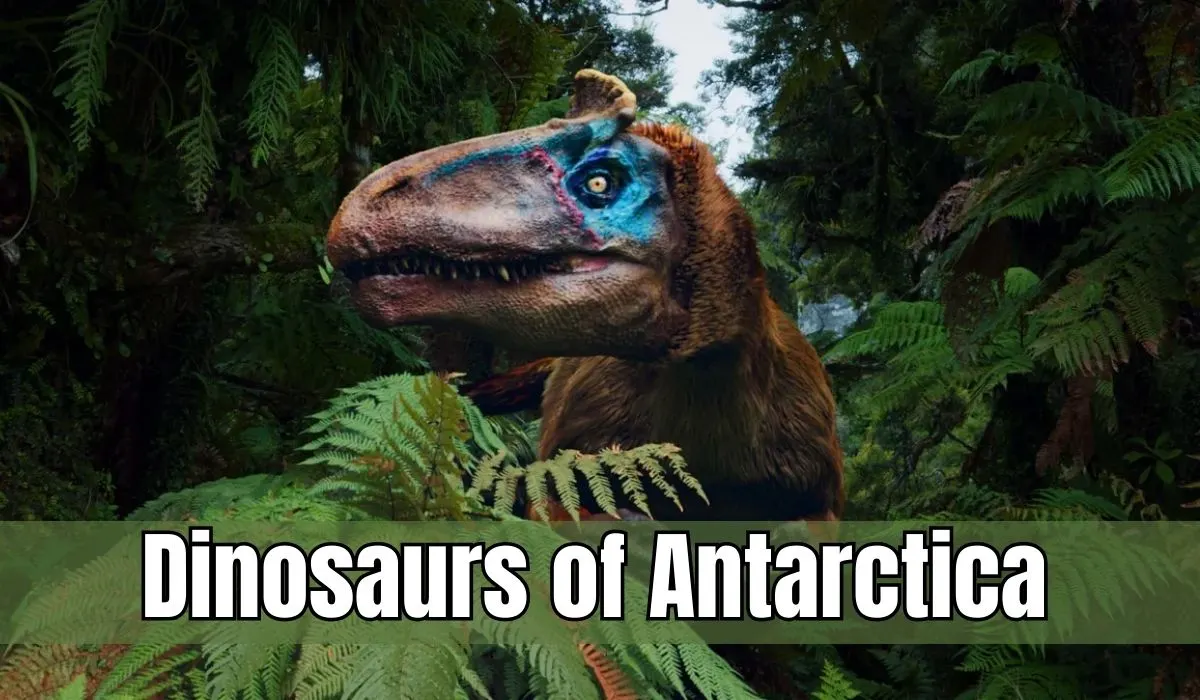The underwater world provides a bright array of the sea environment hosting each particular fish species that have developed to flourish in specific houses. The most captivating of these environments are coral reefs with colored and diverse marine life and with mysterious deep-sea water where notable adaptations allow fish to survive in challenging conditions.
Understanding this where different species flourish not only increase our appreciation of marine biodiversity but also indicate conservation efforts and the practices of aquariums. This discovery of nine rock-loving fish and four deep water experts suggests how these magnificent organisms have adapted to their favorite houses which reflects the simplicity of nature in filling every ecological niche in our vast oceans.
The Allure of Coral Reefs

Coral Reefs represent one of the most diverse ecosystems of the Earth, often called the "rainforest of the sea". These living structures cover less than 1% of the ocean floor, yet about 25% of all sea species. The complex architecture of the Reefs offers countless micro -bitates, offers shelters, feeds the grounds, and provides breeding sites for thousands of fish species.
The shallow of the reef environment is allowed to prolong photosynthetic organisms in sunwater that form the base of a rich food web. Reef-Nivas fish has developed specific adaptations to navigate this complex environment. Many displays lively colors for communication camouflage or warning signals. His body shapes often reflect special feeding strategies - from long snakes of butterfish to coral cracks designed to reach the powerful jaws that crush the coral to remove algae. Temperature stability, abundant food sources and protective hidden places create reefs ideal housing for these special fish which today allows for the development of what we inspect the extraordinary variety.
Clownfish (Amphidromine) - Reef Enthusiasts
Famous by animated films Clownfish is one of the most recognizable rock inhabitants. These small vibrant fish are one of the most attractive symbiotic relationships of nature with sea anemone. Protected by a mucus coating that prevents firing pierced cells of anemia Clownfish makes its homes within these toxic tents providing protection from predators by providing anemone with cleaning services and defensive behaviors. This remarkable partnership gives an example of complex ecological relations that develop into the reef environment. Clownfish performs striking orange white and black patterns although in 30 recognized species.
They live in small groups with a strict hierarchy-a prominent woman a breeding male, and many non-reproductive men. If the woman dies the breeding male changes sex to become a woman, and the largest non-reproductive male mature that becomes a new reproductive male. This biological flexibility combined with their symbiotic lifestyle has allowed clounfish to become a highly successful reef expert which is completely adapted to life between tropical shallow.
Read more:- What Animals Live In the Amazon Rainforest?
Butterflyfish (Chaetodontidae) - Coral Specialists

Butterflyfish Quintment is Reef Fish about 130 species are distinguished by their compressed disk -shaped body and vivid patterns. Most species have dark bands beyond the eyes which can hide the location of this weak body part and confuse hunters. His most distinguished feature is his long -muzzle which has developed fully to choose smaller Aksheruki from Coral Polyps and Reef Krevis.
This special feeding equipment has made them highly dependent on healthy coral reefs in which many species disrupt coralivorus - especially based on coral tissue. Scientists often use butterfish as indicator species to assess rock health as their abundance and variety are usually correlated with coral coverage and integrity of the ecosystem. Many species create monotonous couples which protect areas simultaneously patrol the same reef region daily. As climate change and ingredients have been threatened with coral ecosystems worldwide the fate of these beautiful fish is rapidly associated with global conservation efforts that targets reef protection.
Parrotfish (Scaridae) - Reef Architects
Parotafish are residents of remarkable rocks who literally shape their environment through their feeding habits. Nominated for their fused teeth producing structures like beak, these colored fish use their powerful jaw to scrape algae from coral surfaces and cut a piece of coral to remove the algae living inside.
This feeding strategy makes them engineers of important ecosystems - after digesting organic materials, they remove the inorganic coral skeleton as sand. A single large parrot can produce 320 kg (700 pounds) of sand annually, which contributes significantly to the formation of the beach on tropical islands. Like many reef fish, parotafish performs complex social structures and reproductive strategies. Most species are sequential hemorrhafrodites, which begin life as women and later turn into men - a change with dramatic changes in color.
At night, many parrot species secrete a mucous cocoon that covers their body, potentially mashes their smell from predators. Their ecological importance has gained increasing recognition in recent years, some Caribbean countries have remained strong enough to implement the parrotfish population to implement security measures to play an important role in maintaining the reef health by controlling the development of algae which can be smoothly smooth.



